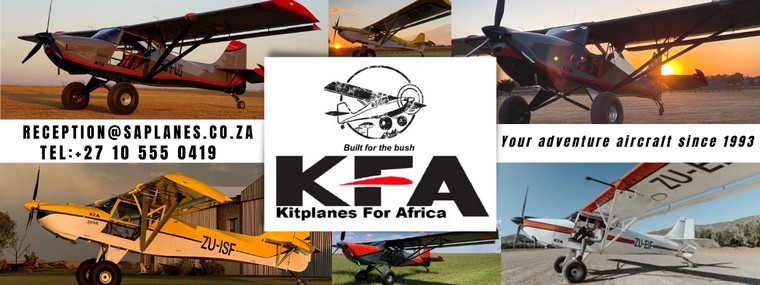




















The Spruce Goose and Evergreen Aviation Museum
By Pete van der Spek
Google Banner Ad
Spruce Goose.


It then spent many years in a geodesic dome which kept the aircraft in reasonably good shape. It was placed next to the Queen Mary ship at Long Beach, California.

In 1980 the aircraft was acquired by the Aero Club of California. In 1988 the Walt Disney Company acquired the Long Beach attractions. In 1991, the company informed the Aero Club that they no longer wanted to display the aircraft and the search for a new owner began. Along came Delford and his son, Michael Smith, who had a plan to start a new aviation museum - which became the Evergreen Aviation & Space Museum based in McMinnville, Oregon. They applied to take "ownership" of the Spruce Goose. After a protracted negotiation with the Aero Club of California, they got permission to become the new curators of this amazing piece of history.

A DC3 is dwarfed by the Spruce Goose



On a sadder note, Michael, who was a Captain in the USAF flying F-15's, was killed in a car crash in 1995. Delford was more determined to complete the museum in memory of his son. A bronze memorial of Michael stands at the entrance to the museum.
The complex comprises of four main buildings - the main building that houses the Spruce Goose, the Korean, WW2 and early flight collections, the second building houses the space collection as well as helicopters and jets and the third building is a water park with a Boeing 747 atop the building. Four waterslides begin within the 747. The fourth smaller building has a digital theatre featuring a huge screen and multi-channel sound system showing 3D aviation and space movies.






The space collection has some iconic artifacts such as a replica Gemini capsule with tethered astronaut "floating in space" as well as a Lunar lander replica. There is also a Russian unmanned capsule. One of the most popular aircraft is the SR-71 with some of the possible payloads it could carry. Another most interesting featured artifact is the Titan II missile which is upright in the Space Hall and is placed in a specially constructed display extending two floors down so that the 114-foot (35 m) missile could be displayed in the building. There is also a replica X15 which looks like the real deal.





Outside, there are several aircraft from the jet era including a Blue Angels Grumman Cougar - not to be missed.
Notwithstanding the trials and tribulations of the museum, the visitor numbers have stayed constant, reviews on social media are always positive. If you find yourself in Oregon, pay the museum a visit, it is really worthwhile. Just to see the Spruce Goose is worth it.
I hope to visit the museum again next year and will report back at that stage.



Seaplane Base AirVenture 2009 to 2019

Google Banner Ad
 |
 |
 Copyright © 2024 Pilot's Post PTY Ltd
The information, views and opinions by the authors contributing to Pilotís Post are not necessarily those of the editor or other writers at Pilotís Post.
Copyright © 2024 Pilot's Post PTY Ltd
The information, views and opinions by the authors contributing to Pilotís Post are not necessarily those of the editor or other writers at Pilotís Post.